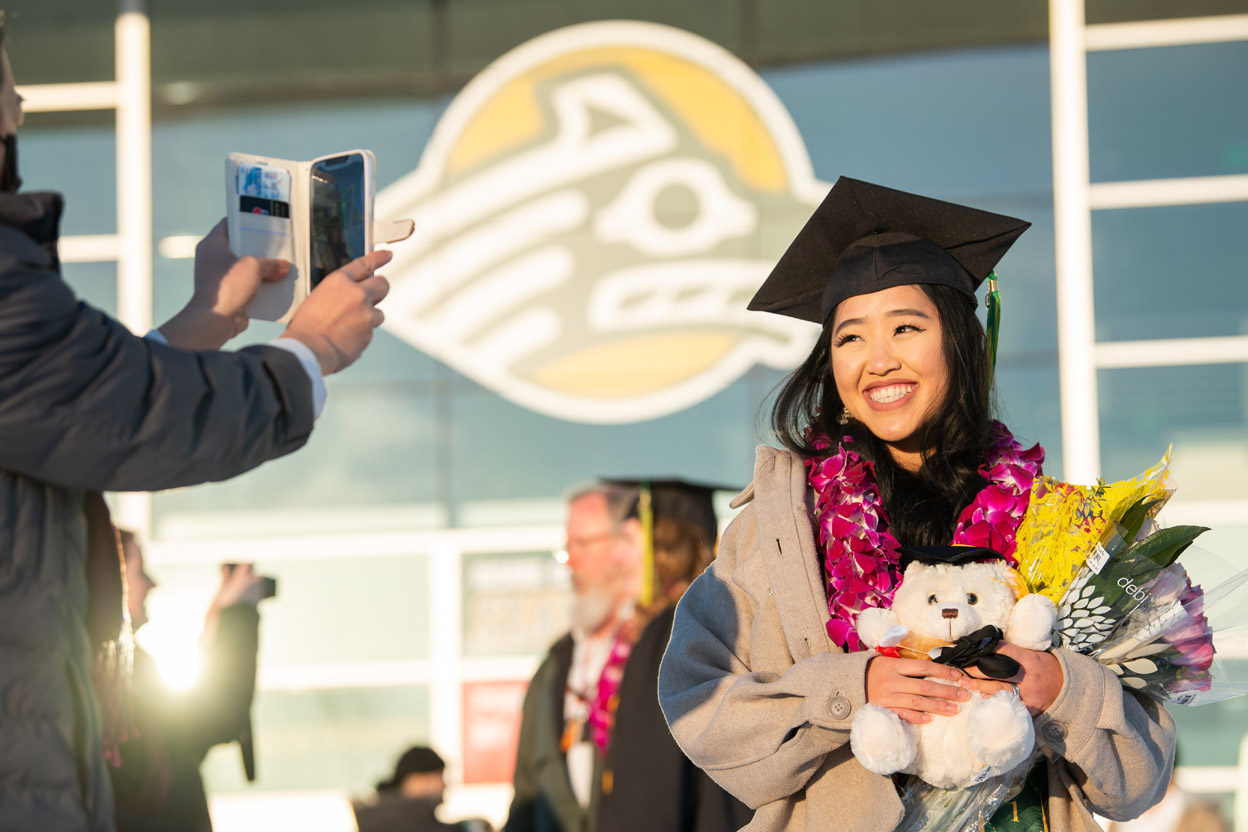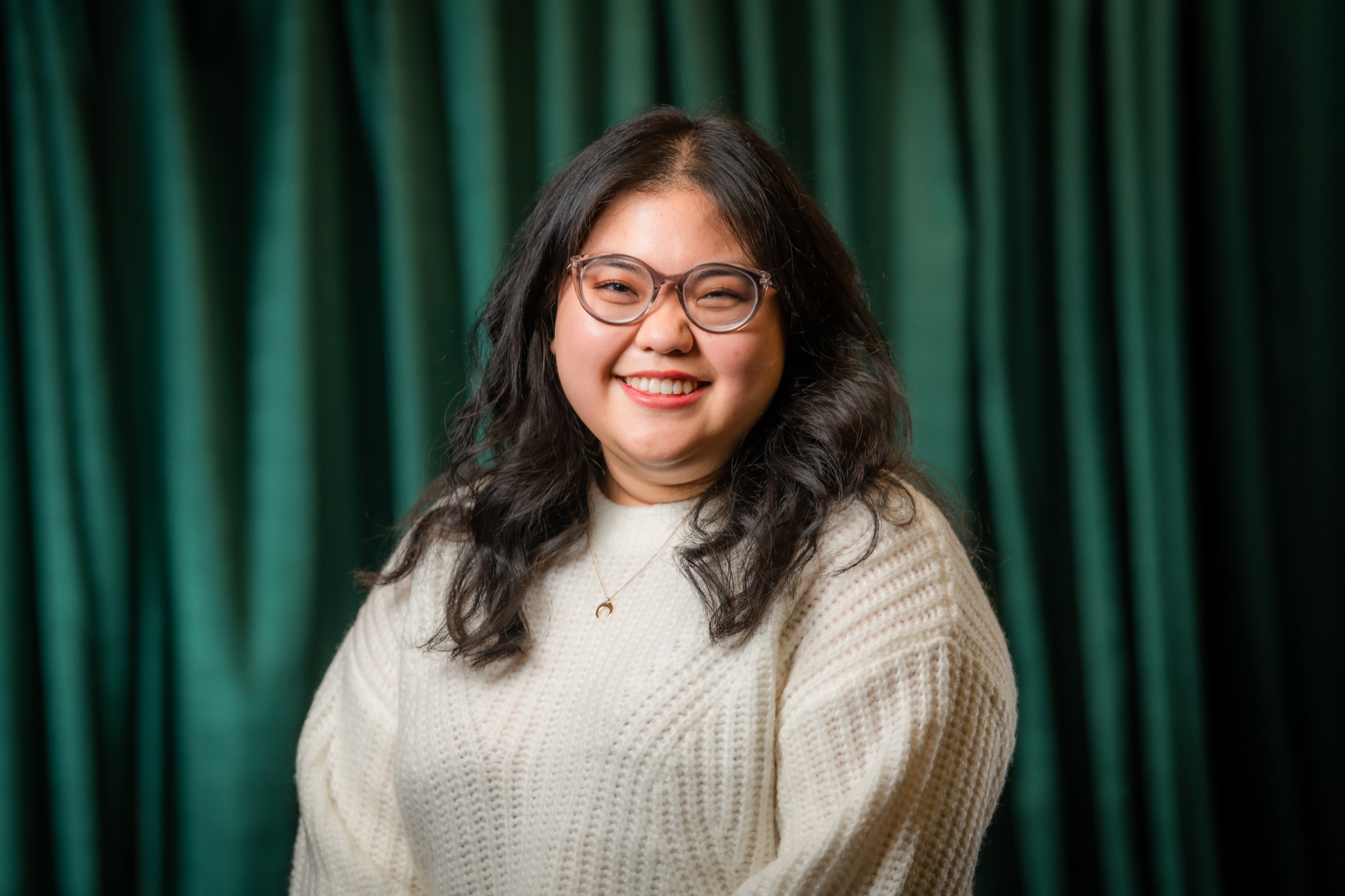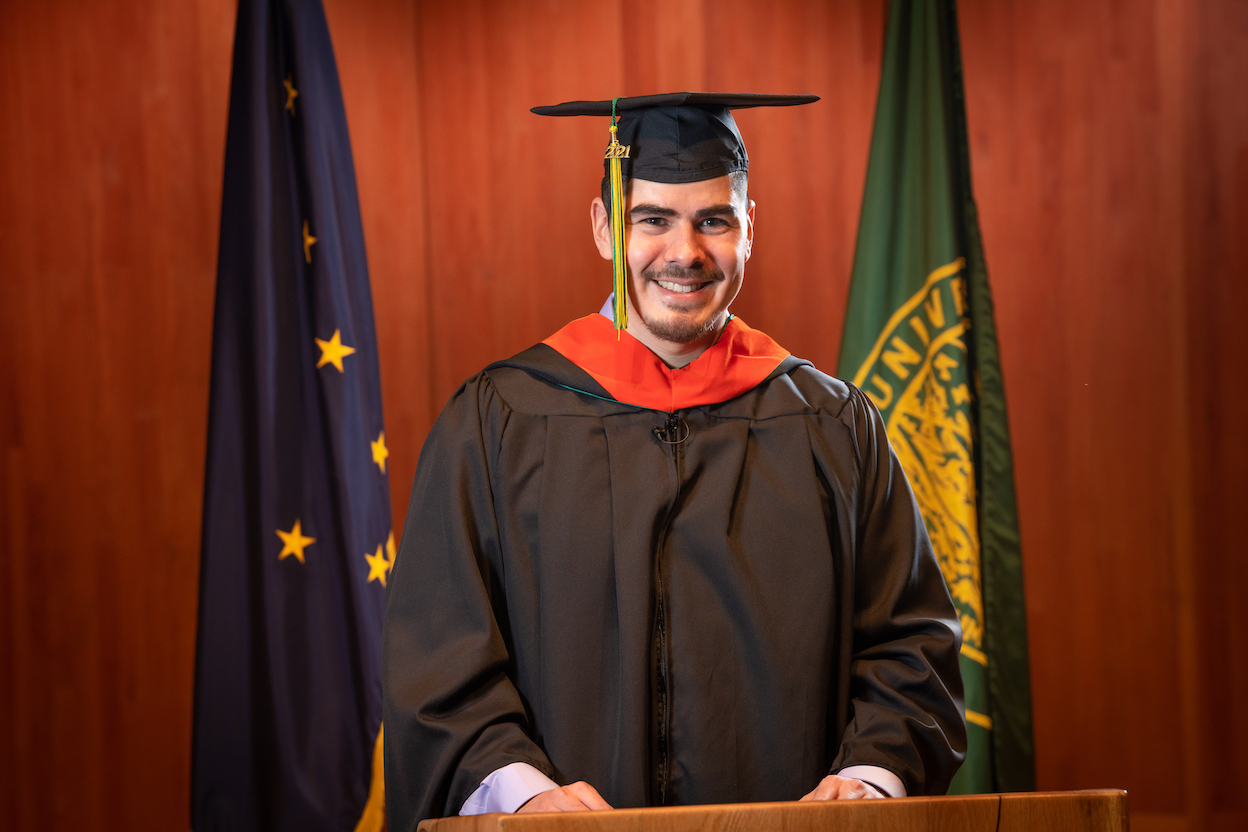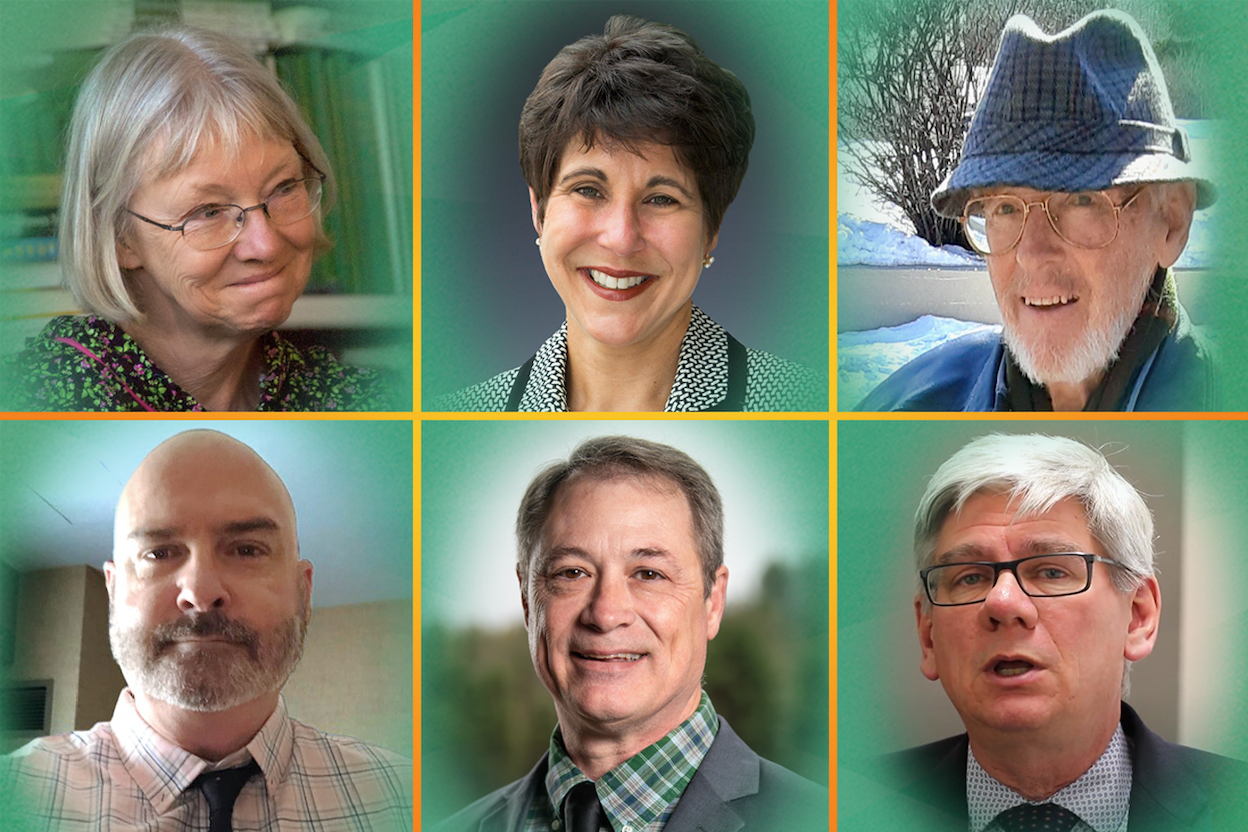Seeking Arctic solutions: UAA researcher joins UArctic's leadership
by Joe Selmont |

Just before the new year, Dr. Diane Hirshberg of the UAA Institute of Social and Economic Research was named Vice-President Academic of the University of the Arctic (UArctic), a consortium of over 200 postsecondary and educational institutions that either are located in the circumpolar north or conduct meaningful education and research activities related to the Arctic.
“The focus of UArctic is twofold,” said Hirshberg. “Within the Arctic, we aim to educate about and research the critical issues of the region, and to foster collaboration on education and research among and between UArctic institutions and Arctic communities and residents. Outside of the Arctic, we aim to educate and inform researchers, the general public and policymakers.”
Phrasing it another way, Hirshberg said the goal of UArctic is to build knowledge of the Arctic, for the Arctic. It does so by facilitating collaborations around education and research and maintaining an open exchange of information. UArctic sees itself as a central node connecting its member institutions through collective resources, shared infrastructure and cumulative knowledge.
A northern identity
According to Hirshberg, the member institutions often find more in common with each other than with those from the southern regions of their home nations. Even though member institutions come from many different countries, including countries with fraught geopolitical rivalries, there is a deep respect for UArctic’s open, holistic processes.
“I think there is a northern identity that, in many ways, is shared across the whole global north,” said Hirshberg. “There is the resilience that comes from dealing with the extremes of the Arctic, the pride that’s inherent for the people who live in this landscape and this environment, but there are also the shared problems: the mental health issues, the threats to cultural identity and language for Indigenous peoples, the tricky logistics of moving people and things, the risks emerging from climate change.”
To her point, rural and remote Alaska doesn’t resemble the Lower 48 in many respects. Much of the state is accessible only by sea or air. Many Alaska communities rely on microgrids for power, with a growing emphasis on sustainable energy. The distances between communities are vast. As is the wilderness.
The uniqueness of Alaska within the U.S. is only half the story, though. The very traits that make Alaska stand out from the Lower 48 are the traits that link it to other Arctic communities. Plus, despite the jokes, Russia is quite literally visible from certain parts of Alaska, and the Arctic Ocean is fundamentally an international zone.
Hirshberg said, “This is why, whether you’re in Siberia or Greenland or Finland or the Yukon — or Alaska — it’s really important that what comes first is our shared knowledge and our shared values.”
Working together
The nature of UArctic isn’t just international, it’s also interdisciplinary. The organization conducts many of its activities through what it dubs Thematic Networks, which are groups from multiple institutions who focus on collaborative research and teaching about broad topics. Some of the topics include circumpolar health, climate change, renewable energy and education, though there are dozens of Thematic Networks in total, and each one draws researchers and educators from many different academic disciplines.
“From just UAA, we are quite involved in several of the themes,” said Hirshberg. “Engineering, design and arts, renewable energy, climate science. Our researchers and educators at UAA are very focused on Arctic issues, as are many others across the UA system.”
And those researchers and educators don’t operate in silos. In addition to working with each other on these complex issues as they develop novel understandings and solutions that incorporate various knowledge bases, they also work with Arctic and Subarctic communities, both large and small, to ensure that their work is applicable to real human beings. One of the goals of this holistic approach, as Hirshberg sees it, is to decolonize institutions and center the historically silenced voices of Indigenous peoples.
“In the circumpolar north, we understand that if we don’t collaborate with engineers, scientists, philosophers, sociologists and Indigenous people who have lived on the land for thousands of years, then these persistent issues will not be solved,” said Hirshberg. “If we don’t break down these barriers between disciplines and ways of knowing, then we’ll keep repeating the same mistakes.”
UA and UArctic
When asked why it’s important for the UA system to participate in UArctic, Hirshberg responded, “I’ll try not to say, ‘well duh!’”
Hirshberg pointed out that Alaska is the U.S.’s Arctic state, and that being a part of UArctic ensures that Alaska and the U.S. remain globally relevant in research and education. Alaska’s researchers, educators and students also benefit. The researchers and educators gain access to colleagues and likely collaborators who bring both different lenses and a depth of experience. Meanwhile, undergraduate and graduate students can participate in UArctic’s programs, including international exchanges, seminars, jointly offered classes and institutes, and presentations by experts.
“A lot of new knowledge and important solutions are developed via UArctic,” said Hirshberg. “It matters that we’re at the table, that we’re able to contribute and to make an impact not only right here in Alaska, but across the global north.”
As the new Vice-President Academic of UArctic, Hirshberg is tasked with streamlining processes and creating new partnerships that could open the door to more jointly offered courses and degree programs. Because the postsecondary education systems in North America, the European Union and Russia have substantial differences, this is no easy task. But the potential benefits — both for UA researchers, educators and students and for Arctic communities across the world — make it a worthy endeavor.
“I’ve been a part of UArctic for a long time now,” said Hirshberg. “And I’m excited for this opportunity to help move us forward, to play my role in building a happy and healthy future for the Arctic.”
---
More info on UAA’s role in UArctic can be found on UAA’s member page.
 "Seeking Arctic solutions: UAA researcher joins UArctic's leadership" is licensed under a Creative Commons Attribution-NonCommercial 4.0 International License.
"Seeking Arctic solutions: UAA researcher joins UArctic's leadership" is licensed under a Creative Commons Attribution-NonCommercial 4.0 International License.













